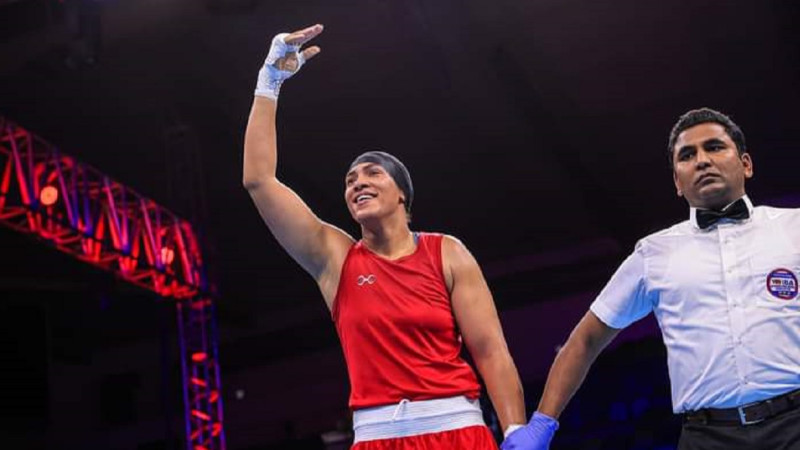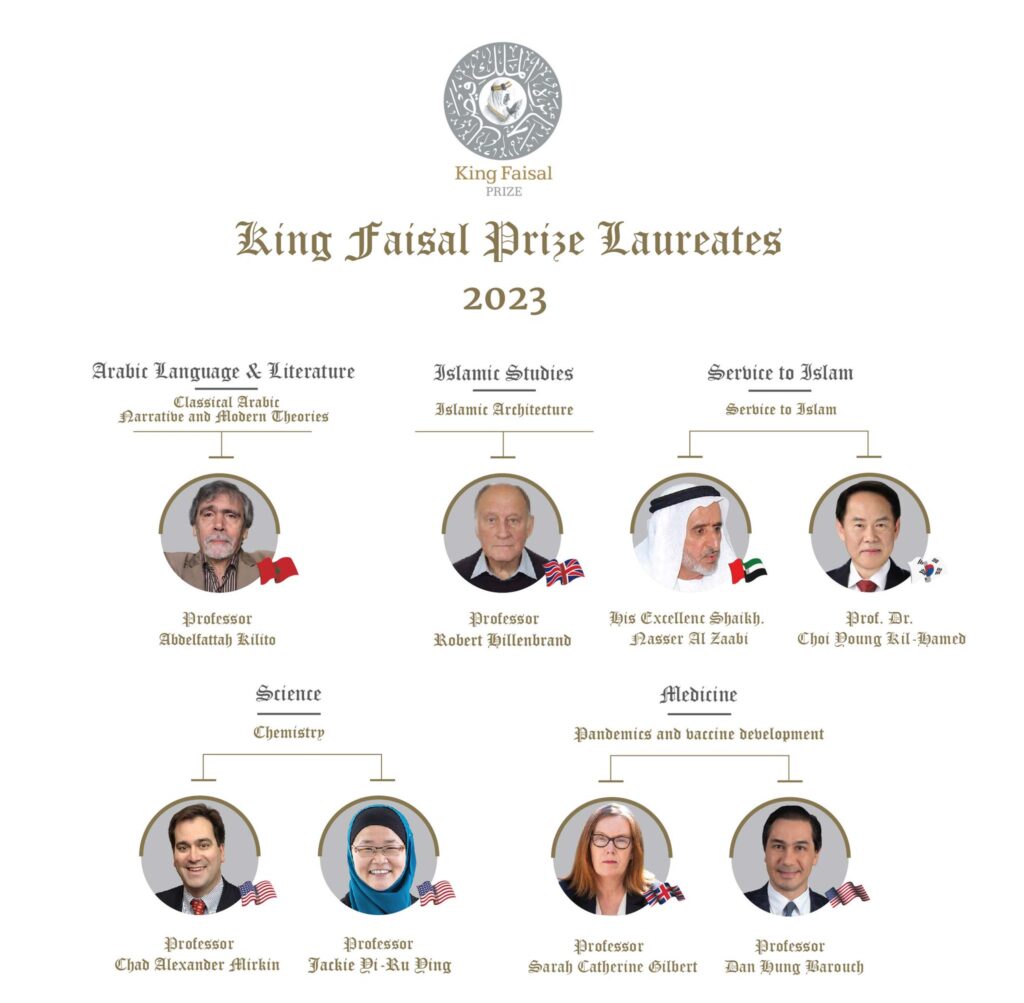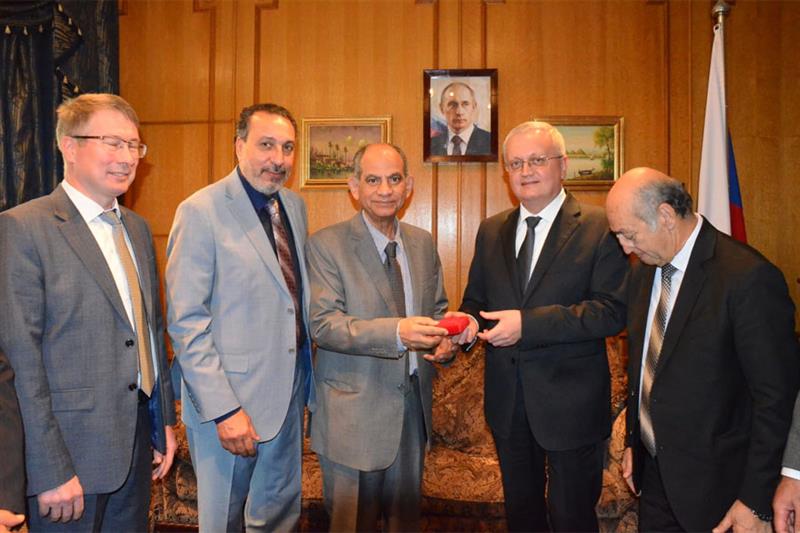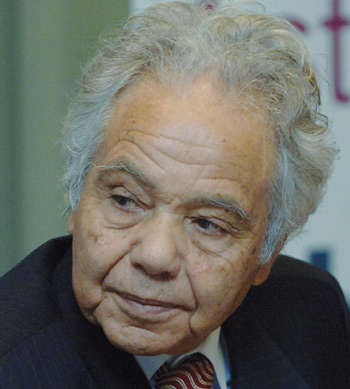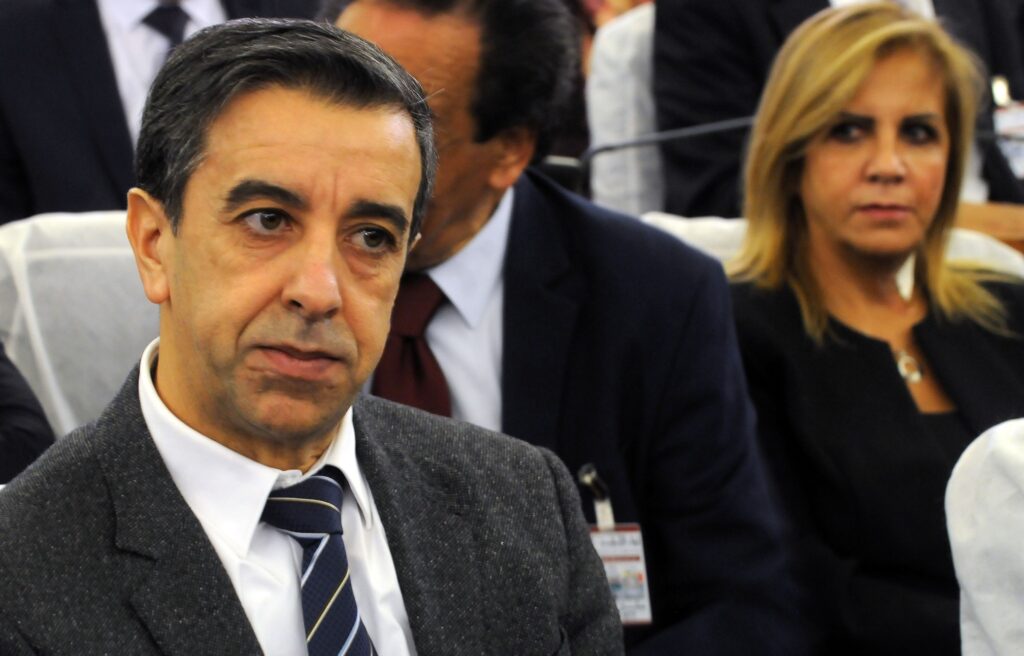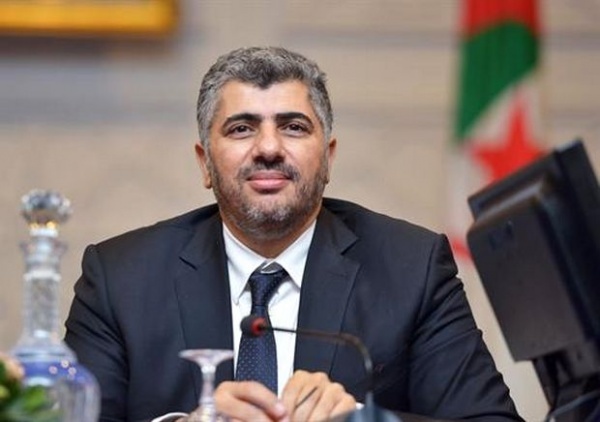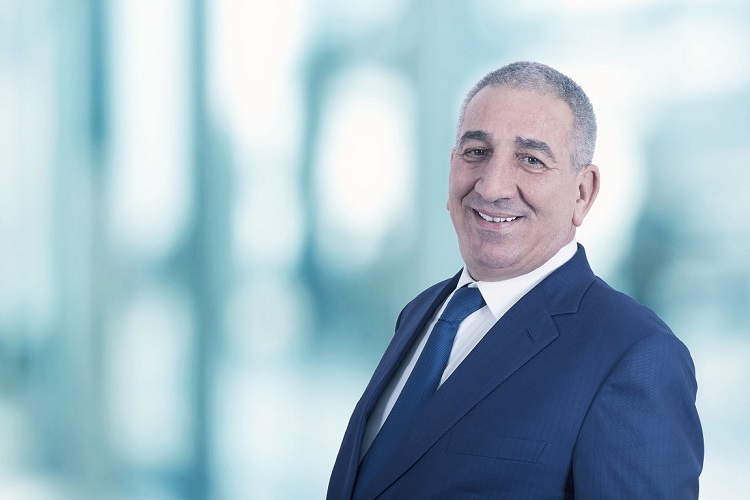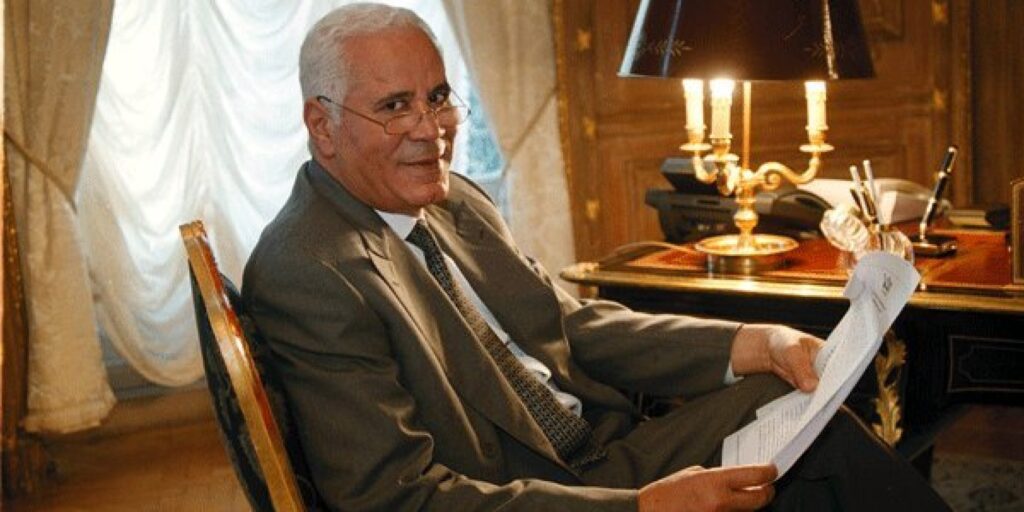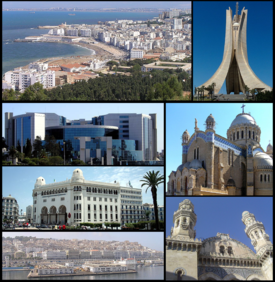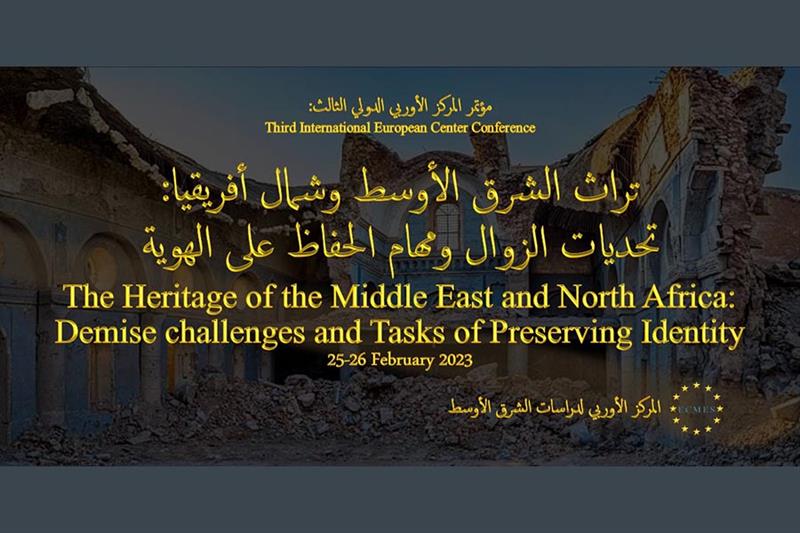British and Egyptian government officials celebrated on Monday seven years of cooperation between the two countries under the Newton-Mosharafa Fund, which supports research and innovation programmes to advance economic development and social welfare, tackle global challenges and develop talent and careers.
Participating in the celebration were the British Embassy in Cairo, the British Council, together with the Egyptian Ministry of Higher Education and Scientific Research’s Science, Technology and Innovation Funding Authority (STDF) and the Central Department of Missions (CDM).
The fund is named after British mathematician and physicist Sir Isaac Newton, one of the most influential scientists in history, and the Egyptian theoretical physicist Doctor Ali Mustafa Mosharafa, who contributed to the development of quantum theory.
It is the largest science and innovation partnership between Egypt and the UK in history.
The ceremony started with speeches by the British Ambassador to Egypt Gareth Bayley, British Council Country Director Elizabeth White, and Deputy Minister of Higher Education and Scientific Research Yasser Refaat
It was followed by a panel discussion on the role of international collaboration in science and research.
The discussion involved professor Guy Daly, provost and senior vice-president of the British University in Egypt; Shaimaa Lazem, international collaboration programme manager at STDF; Dr Marco Zaki, lecturer of biochemistry and cell biology and founder of the NILE CAN research laboratory at Minia University; and Irene Gabriel, director of the Smart Engineering Systems Research Centre at Nile University.
At the ceremony, the British ambassador expressed his pride in celebrating the alumni from the joint British-Egyptian programme.
“These outstanding scientists are the leaders of tomorrow, and today’s event pays tribute to them and to the legacy of the Newton Mosharafa Fund, one of the largest science and innovation partnerships between Egypt and any country,” he said.
He went on to note that the alumni are working to make the world a better place everyday through their research into curing cancer, achieving food and water security and “making the earth a safer, healthier and more sustainable place to live in.”
During her speech, British Council Egypt Director Elizabeth White observed that the fund has supported her country’s long-term approach by “building the next generation of scientists”
“For seven years, we have worked with our partners to enable the exchange of learning and ideas between scientists in the UK and Egypt,” she added.
She concluded by saying that the British Council will remain committed to opening up access to science and research to support UK-Egypt priorities.
Funding Egypt’s long-term sustainable development
The fund is valued at £55 million over seven years; the cost is shared between the UK and Egyptian governments.
It focuses on five main areas identified by the Egyptian government as priorities for their long-term sustainable development: water management, renewable energy, food production, archaeological and cultural heritage and affordable and inclusive healthcare.
These priorities are closely related to Egypt’s Vision 2030 sustainable development strategy, as well as the UN’s Sustainable Development Goals (SDGs).
Since its launch in 2014, the Newton-Mosharafa Fund has provided 282 scholarships to Egyptian researchers to obtain a doctoral degree, in addition to funding 69 research partnerships between Egyptian and UK universities. Research related to health care had a significant share of it, amounting to about 69 percent of doctoral scholarships and about 22 percent of research partnerships.
Notable alumni
Some of the outstanding Newton-Mosharafa alumni who attended the ceremony include: Dr Marco Zaki, winner of the Newton Prize for his research on treating liver cancer, and Dr Irene Gabriel, who is a Newton Mosharafa grant holder. She lead a research team at Nile University together with Nottingham University to turn dried shrimp shells into thin films of biodegradable plastic that can be used to make eco-friendly grocery bags and packaging.
Shaimaa Lazem, who is an associate research professor at the City of Scientific Research and Technology Applications (SRTA-City), was awarded Newton-Mosharafa grants three times. Her work focuses on designing prototypes for technologies that serve the rural communities in Egypt. She is currently working with artificial intelligence (AI) start-ups in Africa as part of a Google Research for Inclusion and Google AI Awards.
Also in attendance was Yasser Shabana, who developed adaptation strategies to mitigate the impacts of climate change on wheat, maize and food production in Egypt.
source/content: english.ahram.org.eg (headline edited)
___________
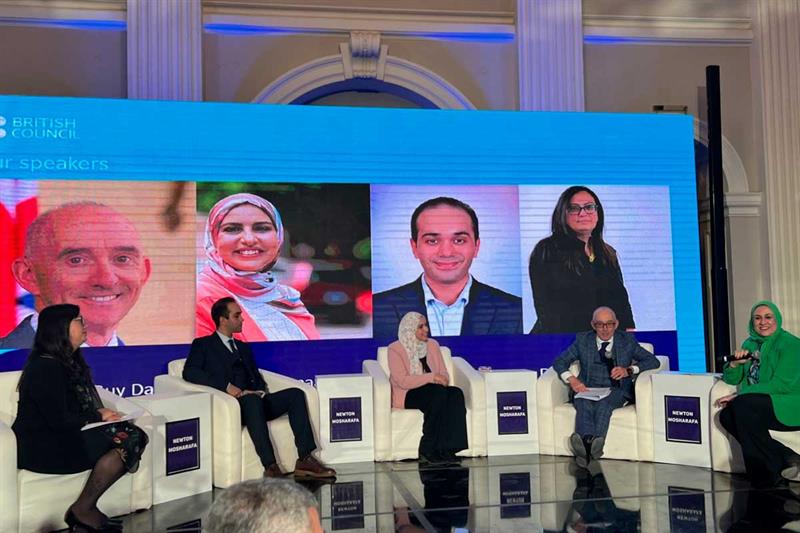
_________
EGYPT
